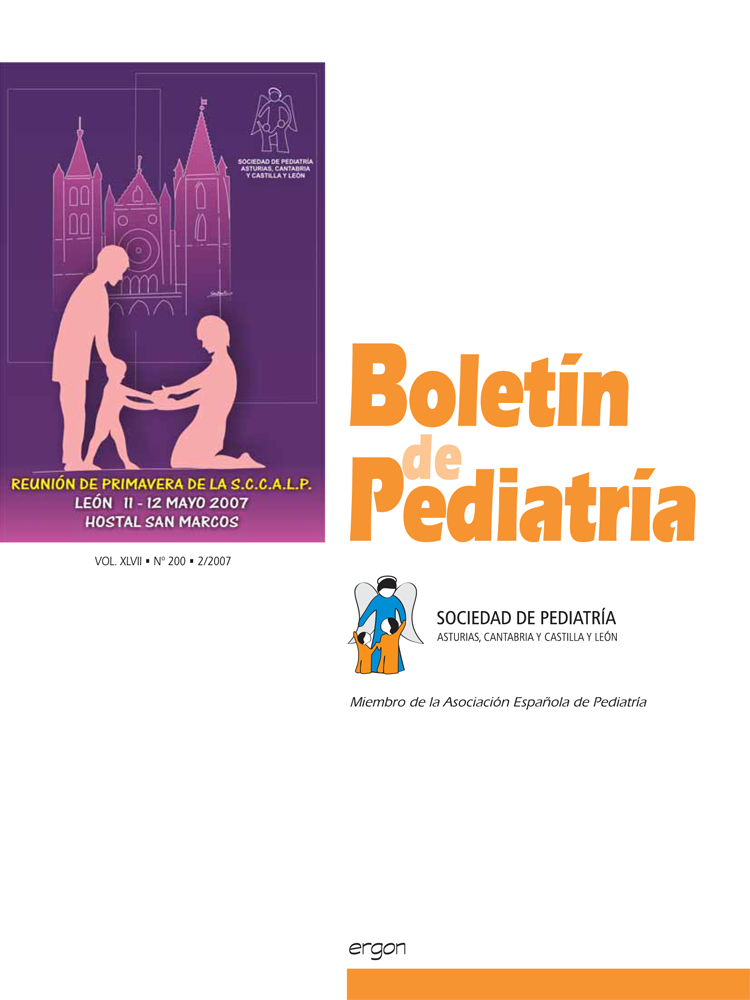Abstract
Both cellulitis and erysipelas have an important morbidity and sometimes may require hospitalization. The clinical appearance of erysipelas is very typical. It is caused in the vast majority of cases by Streptococcus pyogenes and in a less extent by other stretopcocci. Penicillin or its semisyntetic derivates is the first treatment and the route of administration depends on the clinical severity. Cellulitis has more undefined clinical appearance and bigger microbiological spectrum, being Streptococcus pyogenes and Staphylococcus aureus the most frequent causal agents. Its treatment requires beta-lactamase resistant antibiotics. The recent increase of severe and invasive infections associated with Streptococcus pyogenes, such as necrotizing fascitis and streptoccocal toxic shock syndrome, leeds to keep in mind these entities mainly in case of skin and soft-tissue infections associated with poor local evolution or systemic toxicity. The most important clinical findings and the treatment of both entities are revisited in this article, pointing out the importance of early identification of invasive forms.

This work is licensed under a Creative Commons Attribution-NonCommercial 4.0 International License.
Copyright (c) 2007 Boletín de Pediatría
